|
Hello! I am Mohammad Mahdi Johari, currently a Machine Learning Engineer at Apple , working on Apple Vision Pro. Prior to joining Apple, I finished my Ph.D. studies at EPFL under the supervision of Prof. François Fleuret. Email / CV / Google Scholar / Twitter / LinkedIn |
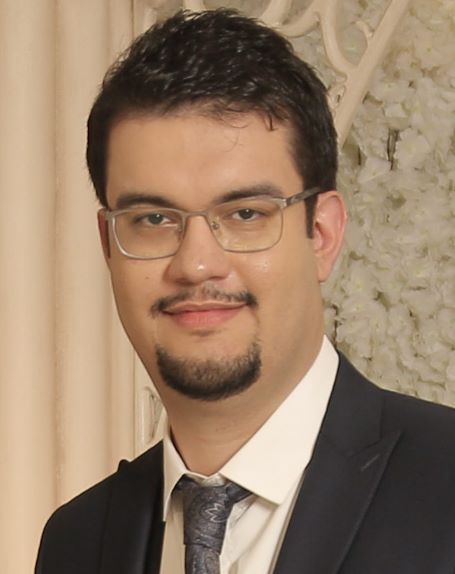
|
|
I am interested in Machine Learning, Computer Vision, and 3D Computer Vision. |
|
|
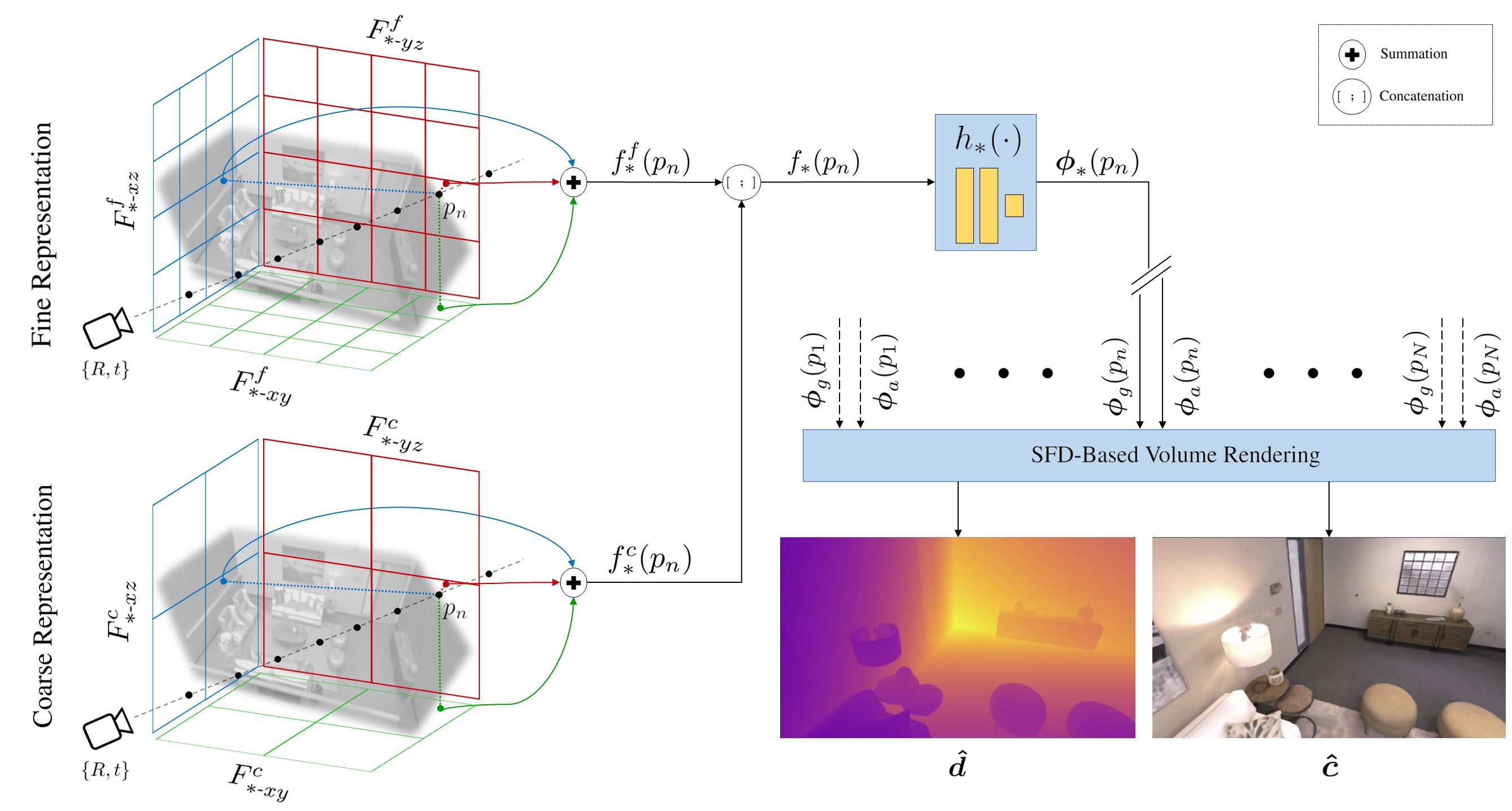
|
CVPR (Highlight), 2023 Paper / Code / Project Page
ESLAM is an efficient implicit neural representation method for Simultaneous Localization and Mapping (SLAM).
|
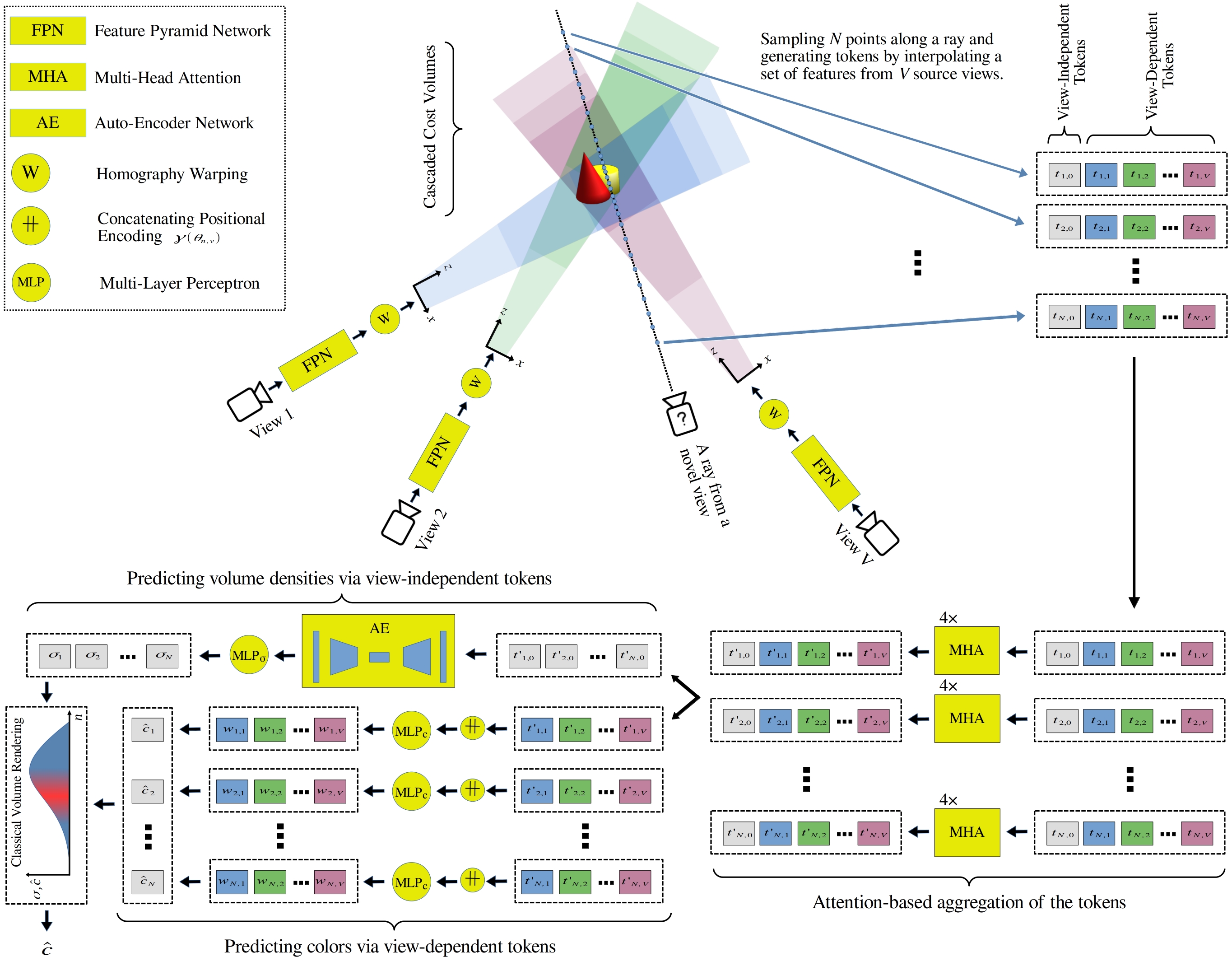
|
CVPR , 2022 Paper / Code / Project Page
GeoNeRF is a generalizable photorealistic novel view synthesis method
based on neural radiance fields.
|

|
ICCV, 2021 Paper / Code / Project Page
DepthInSpace is a self-supervised deep-learning method for depth estimation using a structured-light camera.
|
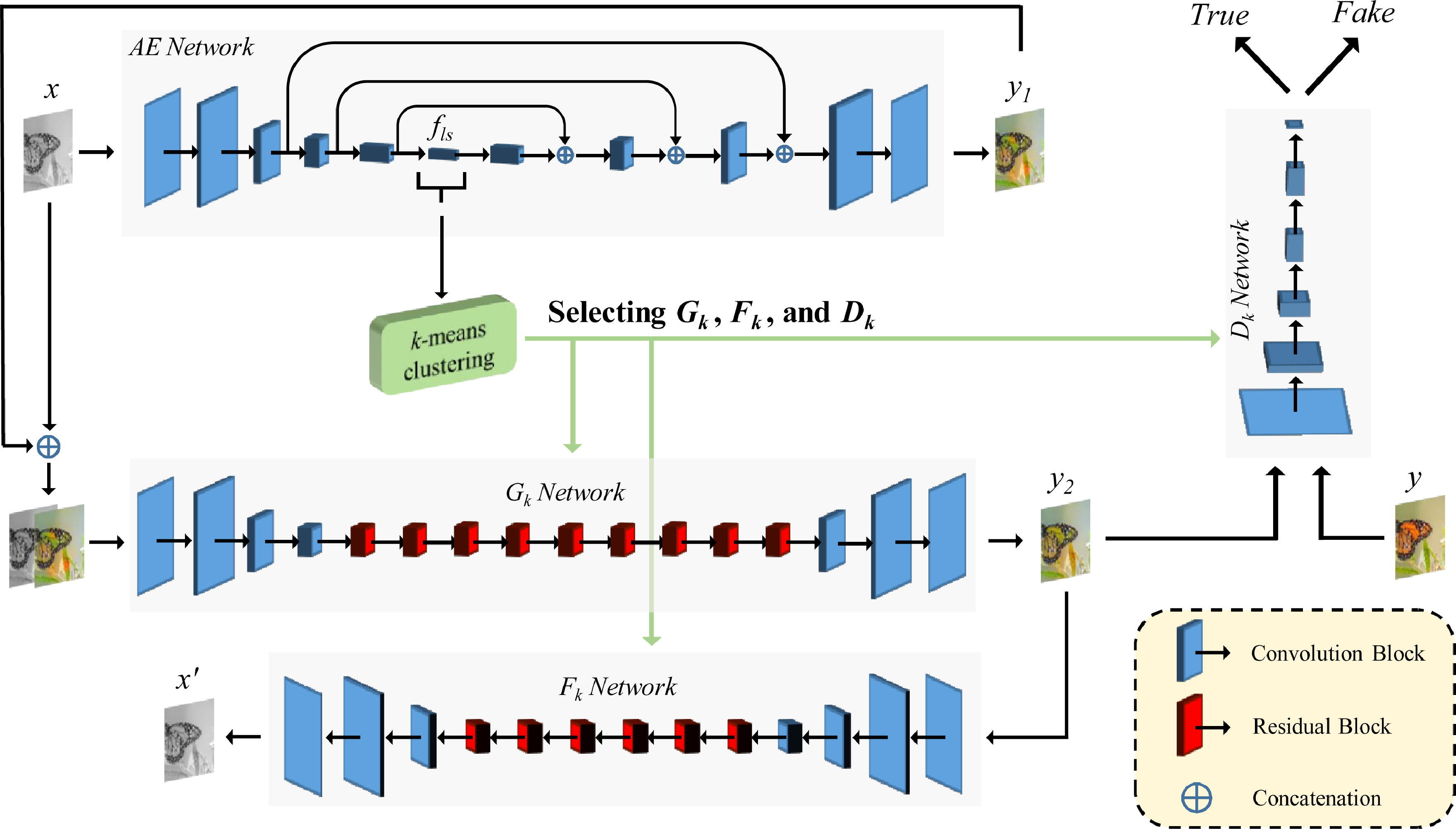
|
Neurocomputing, 2020 Paper
We propose a two-stage architecture for image colorization. The first stage generates an initial colored image and selects one of the specialist networks in the second stage which improves the quality of the colored image.
|
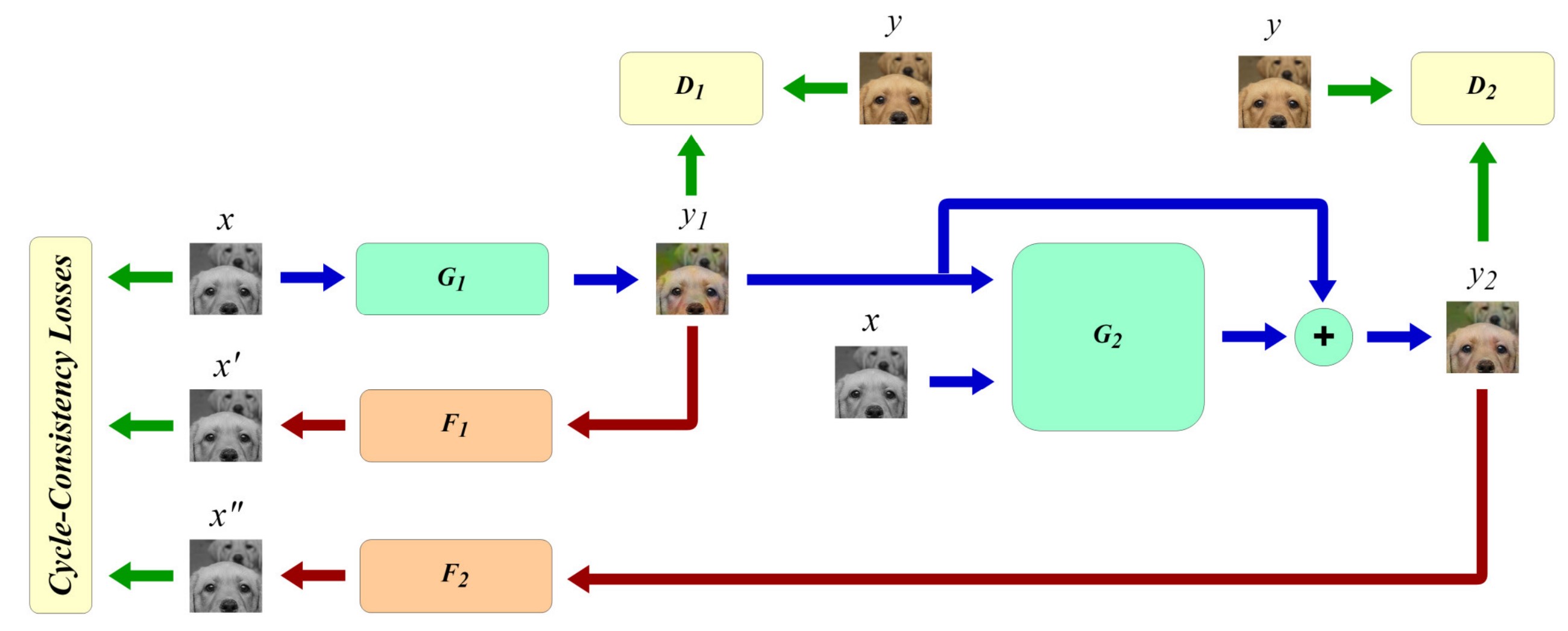
|
ICASSP, 2020 Paper
Proposing a cycle-consistent colorization model based on Generative Adversarial Network (GAN).
|
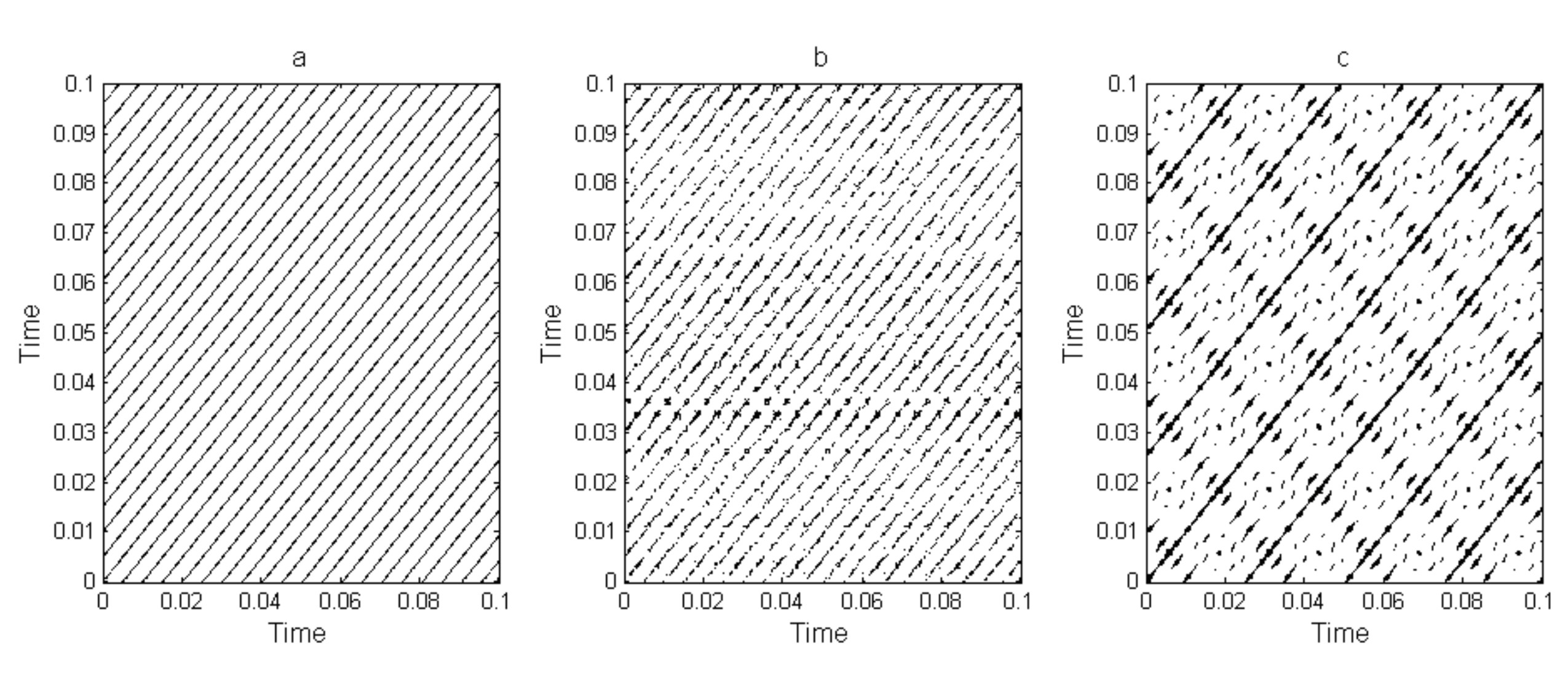
|
IRS, 2016 Paper
Proposing a method based on Recurrence Plot and Recurrence Quantification Analysis (RQA) to generate robust features against noise.
|
|
Thanks to Jon Barron for the template. |